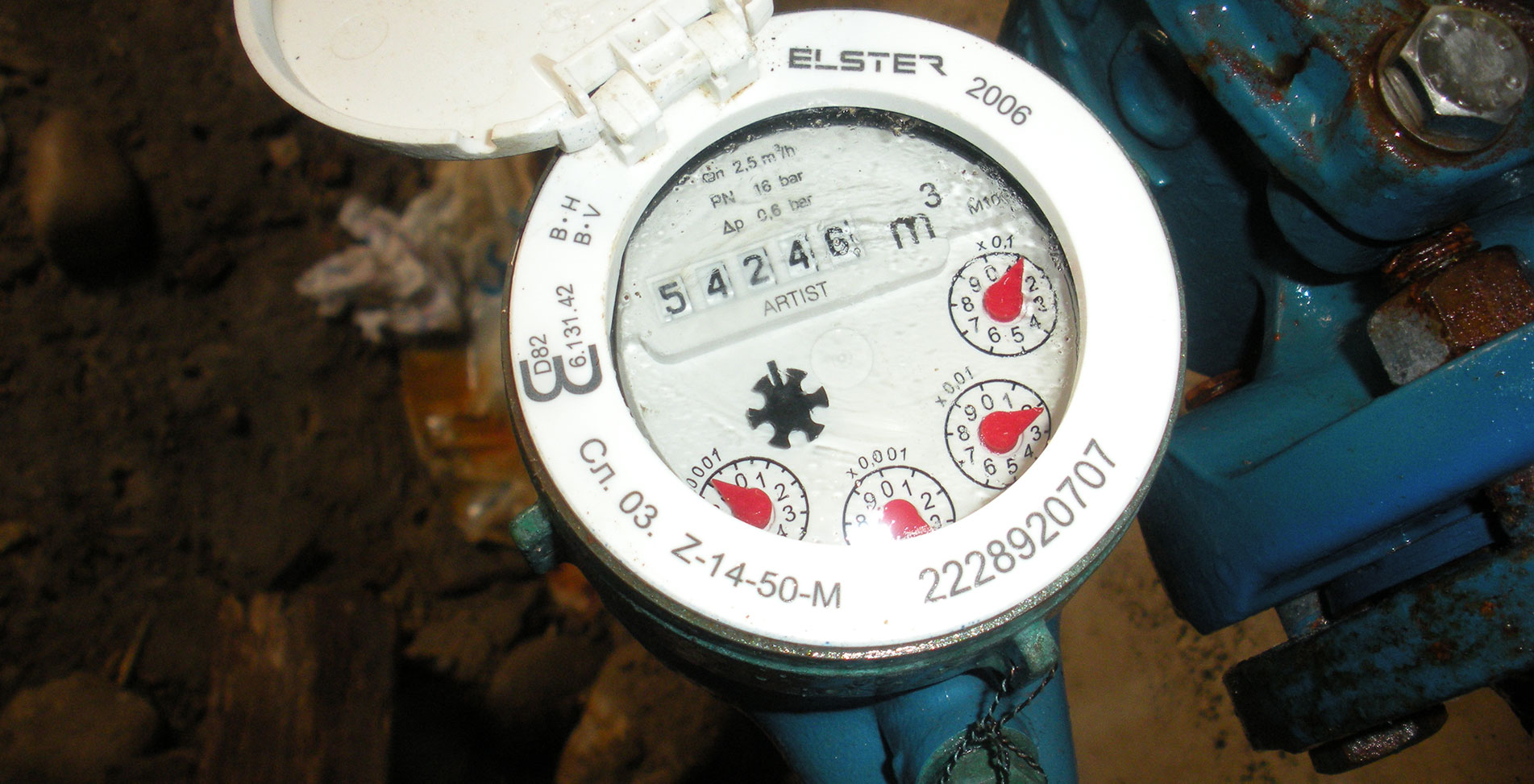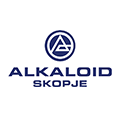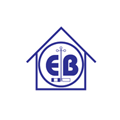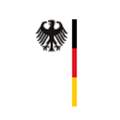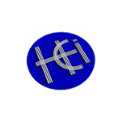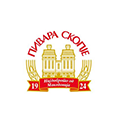Our Services
FOR ACCURATE AND PROFESSIONAL LEAK DETECTION AND SAVING WATER AND MONEY
TIPS FOR RATIONAL USE OF WATER
Saving water in your home, office, institution, factory will effectively contribute not only to reduction of your bills but also to saving water as a natural resource
- Toilet cisterns
- A washing machine and a dishwasher
- Watering of green areas
- Taps
- Showering or bathing in a tub
- Leaking installations
Toilet cisterns
Toilet cisterns use about one-third of the total water consumption in your home. Usual traditional cistern uses about 10 liters of water per flush. This means that probably you flush more water per day than you drink for a whole month.- Faulty cistern daily spends water as a four-member family which equals 285 cubic meters for one year.
- Do not use the toilet for disposal of ashes from a cigarette or shredder waste. This would save you up to 200 liters per week.
- Use toilet cisterns only with a double flush system (3/9 liters).
- Install a saving device that flushes water only after pressing a handle / knob, which results in saving water up to 50%. At the same time this device does not allow a float jam/reinforcement and a continuous water leakage.
A washing machine and a dishwasher
Nearly 20% of the total water consumption in your home goes to washing machines and dishwashers. With their use not only the water consumption increases but also electricity consumption is higher as well as detergents harmful to the environment. Use your washing machines appropriately.- Turn on the washing machine only when it is full with clothes and select the programme suitable for the type of clothes.
- When buying new electrical appliances, those with low energy consumption also incorporate programs for saving water. Old washing machines use up to 200 liters of water, while the new ones use low energy consumption up to 50 liters of water.
- It is not true that if you use a dishwasher you spend more water than when you wash the dishes by hand, but it is true that if the machine is empty, it consumes the same amount of water and electricity as when it is full.
Watering of green areas
Optimal time for watering your garden is in the evening, or possibly early in the morning- If the green areas are watered at night and not during the day, it is useful both for the plants and for saving water. Plants use water much better in the evening or early in the morning because evaporation level is lower.
- You will have a greater effect if you water the garden using a bucket rather than a hose. (in such a way you spend 5-10 liters per square meter) and save 100-200 liters.
- The best saving effect will be achieved by installing a system programmed for drip irrigation, where water is localized around the plants which is best for their growth, and allows selecting the time and frequency of watering.
- Save the water in which you cook - If you cook food, it is better to save the same water than to throw it in the sink! It is rich in nutrients and, when cooled, it is a free fertilizer for watering your plants.
- Check the weather forecast! - Why watering and spending water when you can check the weather forecast on television or online, and save time and money!
Taps
Turn off the tap every time you finish using it. Open tap spends 18-20 l/min.- Turn off the tap while brushing your teeth or shaving, because for one tooth brushing with an open tap you spend up to 20 liters and for shaving more than 40 liters of water are spent.
- It is necessary to repair a leaking tap immediately. It can spend more than 25 liters for one day.
- Install aerators aimed to reduce the water flow in your existing taps. They are easy to install, inexpensive and provide water saving over 50%.
- In toilets in public institutions, hospitals, educational institutions and factories install timer or sensor taps, or special aerators that can turn off at a certain time. This will make your classic taps the best devices for saving water even up to 84%.
Showering or bathing in a tub
Using a shower instead of a bath saves significant amount of water. While in the bath tub you use about 300 liters of water, the shower uses around 50-80 liters of water.- Reduce the time you spend in the shower. Shower with normal water jet will spend about 90 liters of water for 5 minutes, but beware!!! Showers with a strong water jet will spend more than 200 liters for the same amount of time.
- Bathing in a tub relaxes you, but taking a shower refreshes you better and saves about 150-200 liters of water compared to taking a bath in the tub.
- Turn off the water when applying soap while taking a shower otherwise, you spend up to 80 liters for one showering.
- Provide yourself with a shower cabin that will save up to 400 liters, which is not the case if you use a large tub.
- Install devices for reducing the water flow at the shower handles or the connecting hose. In this way, instead of 18-20 l/min you spend 10 l/m and you can save up to 50% from the consumed amount of water.
Leaking installations
Major visual leaks are mostly immediately repaired because they damage the property, but small hidden leaks in pipes can cause leaks of significant amount of water before their actual presence is detected.- A 3mm hole in a metal pipe, at 2.75 bar, leaks 9463.52 litres of water in 24 hours.
- Leak with a size of 6.35 mm (1/4 ") at a pressure of 3 bar consumes 38 m3 per day| 1 140 m3 per month
- A tap leaking one drop of water per second wastes more than 25 L of water a day! That’s over 9,000 L a year!
- A leaking toilet can use more than 340000 litres of water in 30 days.
- Repairs to minor water leaks in the household can save more than 10% of your water bill.
- Common types of smaller leaks in the house include leaking taps, leaking cistern because of worn rubber ring or stuck float, leaking valves ... They are relatively easy to repair and do not require a big investment.
- Most of the smaller leaks can easily be prevented by installing devices for saving water and preventing wastage.







